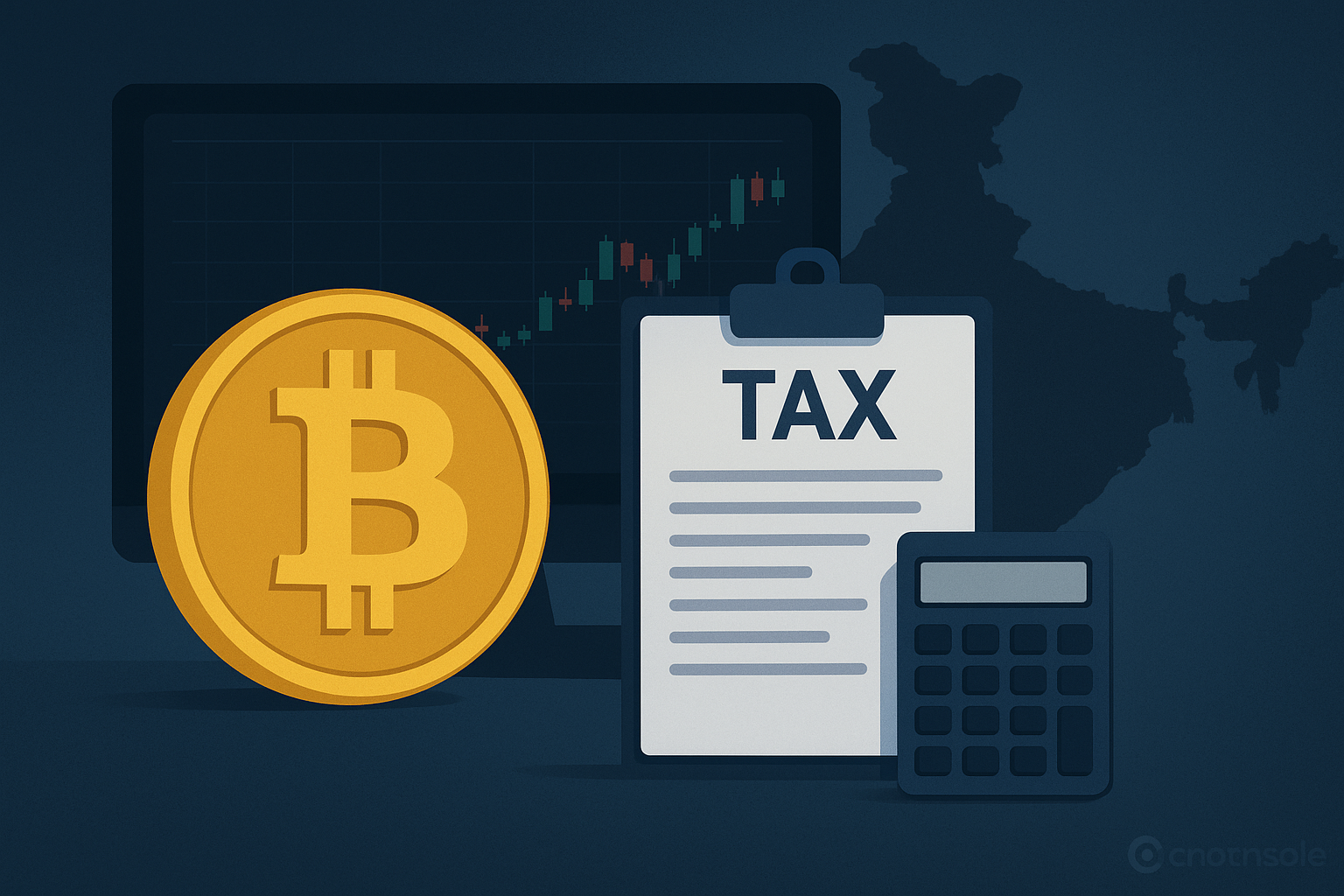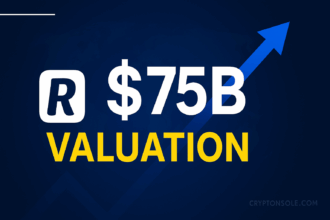Quick summary
India’s tax authorities have launched a focused probe into more than 400 high-net-worth individuals suspected of hiding crypto trading profits on Binance for the period FY 2022–23 through 2024–25. The Central Board of Direct Taxes (CBDT) has directed regional investigation units to investigate and report back by October 17, according to multiple Indian media reports.
What the investigation covers
The action targets wealthy traders who the Income-Tax department believes did not disclose trading activity and gains held or transacted through offshore Binance wallets. Authorities are using exchange data, third-party reporting and blockchain analytics to trace on-chain activity and link it to taxpayers. The probe is part of a wider enforcement push that has already seen tens of thousands of compliance notices issued to retail traders this year.
CBDT’s October 17 deadline
The Economic Times and other outlets report the CBDT has told its regional investigation wings to complete initial fact-finding and submit updates to the board by October 17, signalling this is a coordinated, time-bound enforcement sweep rather than isolatedq audits. Officials say the goal is to identify undisclosed income, initiate recovery where applicable, and deter further non-reporting.
Taxes at stake: 1% TDS, 30% flat tax — effective top rate can hit ~42.7%
Under India’s crypto tax framework, transfers of virtual digital assets are subject to a 1% TDS (with limited thresholds/exceptions) and a flat 30% tax on profits under Section 115BBH. The 30% tax is also subject to applicable surcharge and a 4% health & education cess, which can push the effective tax burden for top-bracket taxpayers to roughly the low-to-mid-40s percentage range.
Practical effect: TDS is withheld at source (often by exchanges) on large sale transactions and credited against a taxpayer’s final liability, but taxpayers who failed to report or who used offshore venues to obscure activity face assessments, penalties and recovery actions beyond the TDS already collected.
How authorities are tracing offshore activity
Officials say they are combining:
- Exchange cooperation requests (for account records and KYC),
- Blockchain forensics to map wallet flows and link on-chain addresses to real-world entities, and
- Financial forensics to look for unexplained wealth or international transfers.
The tax authority’s tech-enabled approach — plus prior seizures and notices sent to tens of thousands of traders — gives the probe breadth and the ability to pursue complex cross-border cases.
Potential consequences for targeted traders
Those found non-compliant could face:
- Assessments for unpaid taxes (30% on gains) plus surcharge and cess;
- Penalties and interest on unpaid amounts;
- Criminal prosecution in egregious cases of willful concealment; and
- Reputational and banking / travel implications if large assessments are levied.
Officials have urged taxpayers to self-regularize where possible (file revised returns, pay dues) to reduce penalties and litigation risk.
Why this matters for the wider crypto market in India
- Bids to deter offshore hiding: The drive undercuts the perceived anonymity of using offshore exchanges to hide taxable gains.
- Compliance costs rise: Traders and service providers will likely increase spending on tax reporting, analytics and advisory services.
- Market behaviour: Heightened enforcement can depress speculative trading or push more volume through domestic regulated venues where TDS is captured automatically.
- Regulatory signal: The sweep reinforces that India treats crypto as a taxable, reportable asset class — and the authorities have the tools to pursue evasion.
What traders and advisors should do now
- Check records — reconcile exchange statements, Form 26AS and AIS for TDS credits and reported transactions.
- Consider voluntary correction — where omissions exist, filing revised returns and paying taxes/penalties may limit enforcement exposure.
- Seek specialist help — international wallet tracing, forensic accounting and tax counsel will be important for complex or cross-border positions.
- Use compliant on-ramps — prefer regulated Indian venues for INR rails and documentation to simplify reporting.
Bottom line
India’s latest enforcement sweep — targeting 400+ Binance traders with a CBDT-mandated reporting deadline of Oct. 17 — shows the tax authority is intensifying efforts to close offshore crypto tax loopholes. With a 1% TDS and a flat 30% profit tax (plus surcharge and cess that can lift the top effective rate into the low-40% range), the financial stakes for non-disclosure are substantial. Taxpayers with offshore crypto exposure should take immediate steps to reconcile and regularize their tax positions.
RGN42ASR












